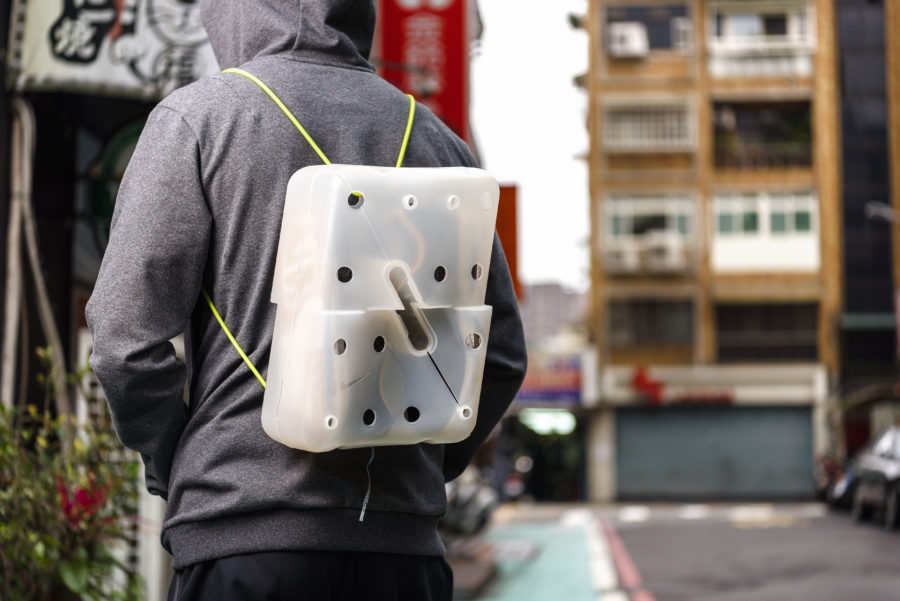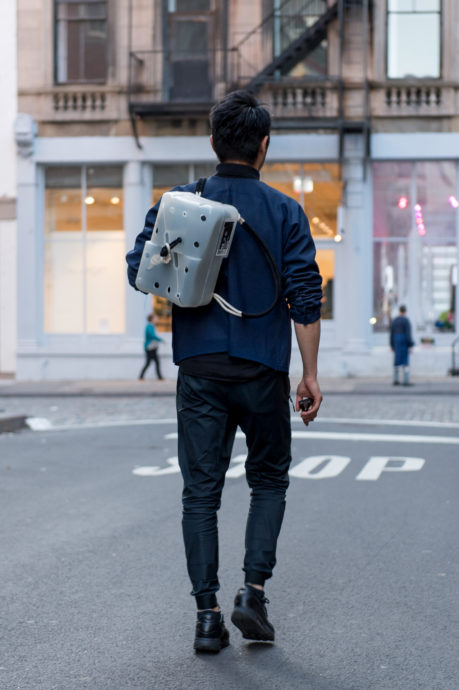At NikeLab’s 21M store in Manhattan’s SoHo neighborhood, Surface and Nike cohosted a conversation between Taiwanese architect, designer, and engineer Arthur Huang and editor-in-chief Spencer Bailey. Huang is the CEO and founder of Miniwiz, a company specializing in what he describes as “anti-disposability,” an effort to reuse trash and industrial waste to create products and architectural forms. Having worked with Nike on a wide range of projects—including the interiors of NikeLab stores around the world, as well as temporary structures such as the Aero-Static Dome in Milan, Area 13 in Taipei, and the Feather Pavilion in Beijing—Huang spoke about his many collaborations with the brand. Here, an edited and condensed version of the discussion.
When did you start thinking about architecture, design, and ultimately sustainability?
I mean everybody gets into design because they think they can change the world, right? Because if you design something pretty, you can make the world a better place. After I got into the engineering part, and the architecture part, then I got pretty mad at the inconsiderate nature of what you do to the world. In reality, we’re just creating more stuff without considering what materials we’re using. That’s when we realized: just focus on the material, because it can change everything else.
Sustainability has become a bastardized, overused word. For you, what does it really mean?
Sustainability is a definitely bastardized. It’s completely bullshit. I hear very famous architects say, “This is a green design,” and I get really frustrated, because they never consider the amount of crap that they’ve created in the production process. That’s part of our M.O.—we’re angry at the current design field, and that’s why we want to come up with our own way.
Is there another word you’d prefer?
Circular. You have to take the crap you produced and turn that back into something that you will buy again. Hopefully it’s not crap. Hopefully it becomes something that you’d use for a long time.






